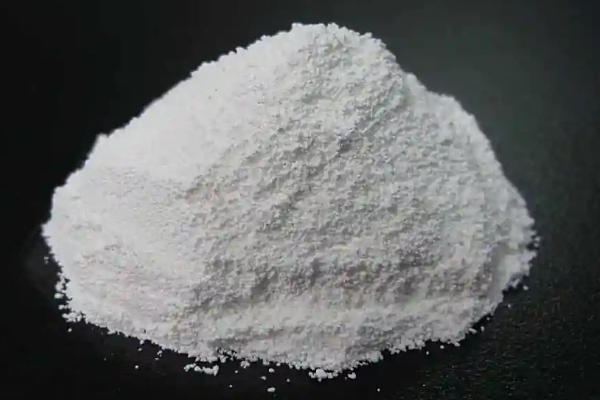Is the warm mix agent added to the asphalt or mixed evenly?
I. Methods and Principles of Warm Mix Agent Addition
Warm mix agent (WMA) is an additive used to lower the construction temperature of asphalt mixtures. Its core function is to reduce the viscosity of asphalt through physical or chemical means, allowing mixing and paving at lower temperatures (typically 20-30°C lower than hot mix asphalt). Depending on the method of addition, it can be divided into two categories:
1. Direct addition to asphalt: The warm mix agent is added before or during asphalt heating and then mixed into the asphalt. For example, organic viscosity-reducing warm mix agents (such as Fischer-Tropsch wax) must be mixed with asphalt at 160-170°C (see “Technical Specifications for Highway Asphalt Pavement Construction” JTG F40-2004).
2. Even mixing: The warm mix agent is added simultaneously with the asphalt mixing stage. This is commonly used in foaming warm mix technologies (such as water-based Asphalt-Min) and requires specialized equipment to achieve uniform dispersion within the mixing silo. II. Comparison of the Two Methods and Recommended Selection
I. Methods and Principles of Warm Mix Agent Addition
Warm mix agent (WMA) is an additive used to lower the construction temperature of asphalt mixtures. Its core function is to reduce the viscosity of asphalt through physical or chemical means, allowing mixing and paving at lower temperatures (typically 20-30°C lower than hot mix asphalt). Depending on the method of addition, it can be divided into two categories:
1. Direct addition to asphalt: The warm mix agent is added before or during asphalt heating and then mixed into the asphalt. For example, organic viscosity-reducing warm mix agents (such as Fischer-Tropsch wax) must be mixed with asphalt at 160-170°C (see “Technical Specifications for Highway Asphalt Pavement Construction” JTG F40-2004).
2. Even mixing: The warm mix agent is added simultaneously with the asphalt mixing stage. This is commonly used in foaming warm mix technologies (such as water-based Asphalt-Min) and requires specialized equipment to achieve uniform dispersion within the mixing silo. II. Comparison of the Two Methods and Recommended Selection
1. Process Adaptability
– Direct asphalt addition is suitable for continuous mixing plants, allowing for pre-prepared modified asphalt, but requires controlled heating temperatures to prevent additive decomposition.
– Homogenous mixing is more suitable for batch mixing plants, allowing for flexible adjustment of mix ratios, but requires higher equipment precision (e.g., the error in the amount of foaming water must be ≤0.5%).
2. Performance Impact
– Direct asphalt addition may alter the long-term aging properties of asphalt, requiring verification through a rotating thin film oven test (RTFOT). Homogenous mixing has minimal impact on the asphalt’s original performance, but may result in localized variations in warm mix performance due to uneven dispersion.
3. Economic Analysis
– Direct asphalt addition increases asphalt pretreatment costs but saves on-site mixing time. While homogenous mixing requires higher equipment investment, it can reduce energy consumption per ton of mixture by 15%-20% (data source: National Asphalt Technology Center NCHRP Report 691). III. Precautions in Engineering Practice
1. Matching the Type of Warm Mix Additive: Chemical additives (such as surfactants) are recommended to be mixed evenly, while physical additives (such as wax-based additives) are suitable for direct addition.
2. Key Quality Control Points:
– The addition method requires testing the needle penetration (≥50 x 0.1 mm at 25°C) and softening point (≥46°C) of the warm-mixed asphalt.
– The mixing method requires monitoring the mixing temperature (typically 130-150°C) and the void content (4%-6%) of the finished material.
3. Environmental Protection and Safety: Warm mix technology can reduce greenhouse gas emissions by 30%-50% (referring to EU EN 15804 standard), but harmful substances produced by high-temperature volatilization of additives must be avoided.







